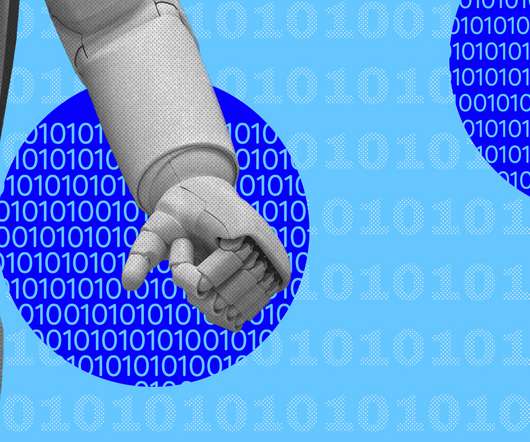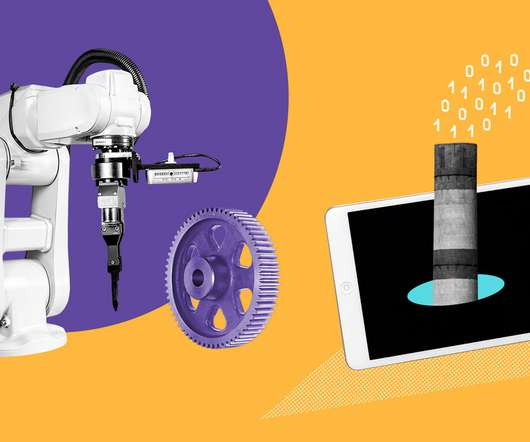Industry 4.0: how to gain more efficiency in this transformation
mjvinnovation
NOVEMBER 24, 2020
Combined with emerging technologies, such as Artificial Intelligence and the Internet of Things, it introduces the concept of “cyber-physical systems” to differentiate this new evolutionary phase from previous electronic automation.” It’s 2020! And in that, Design Thinking can help a lot!
















Let's personalize your content